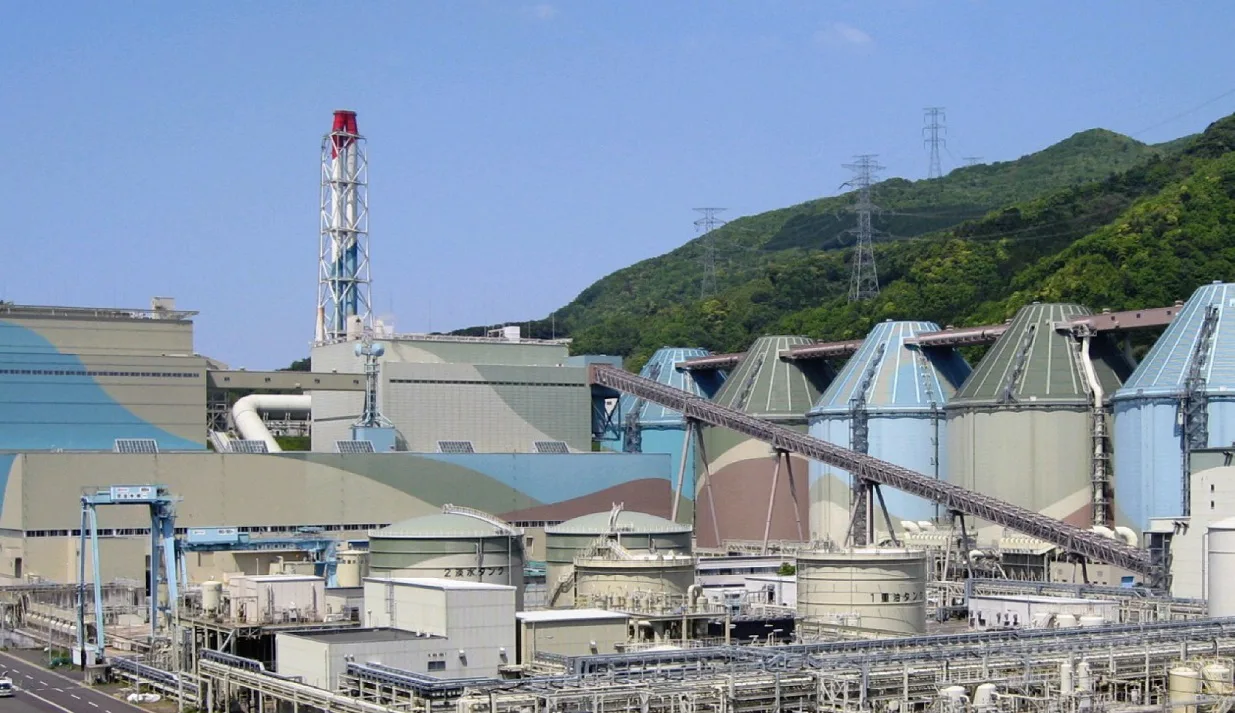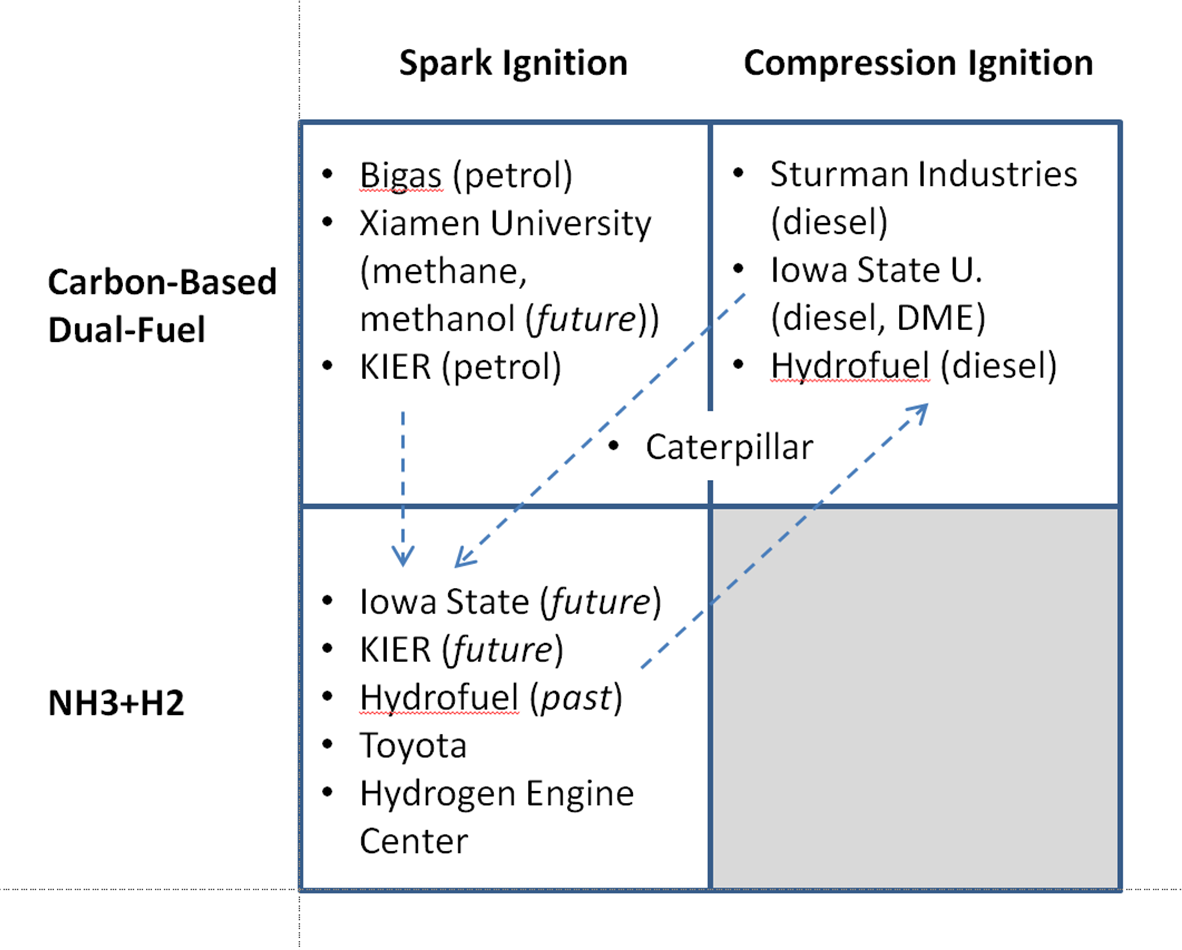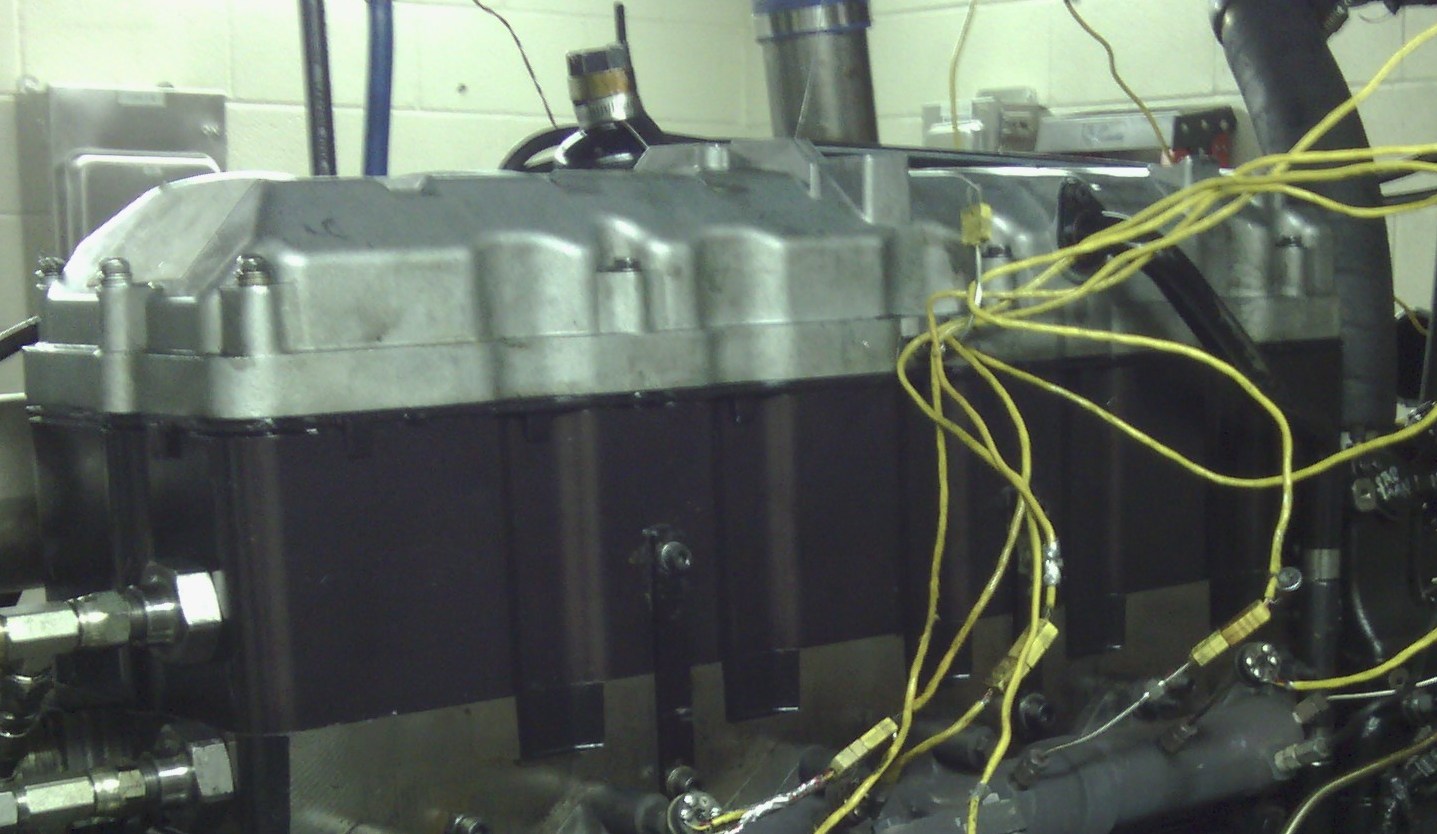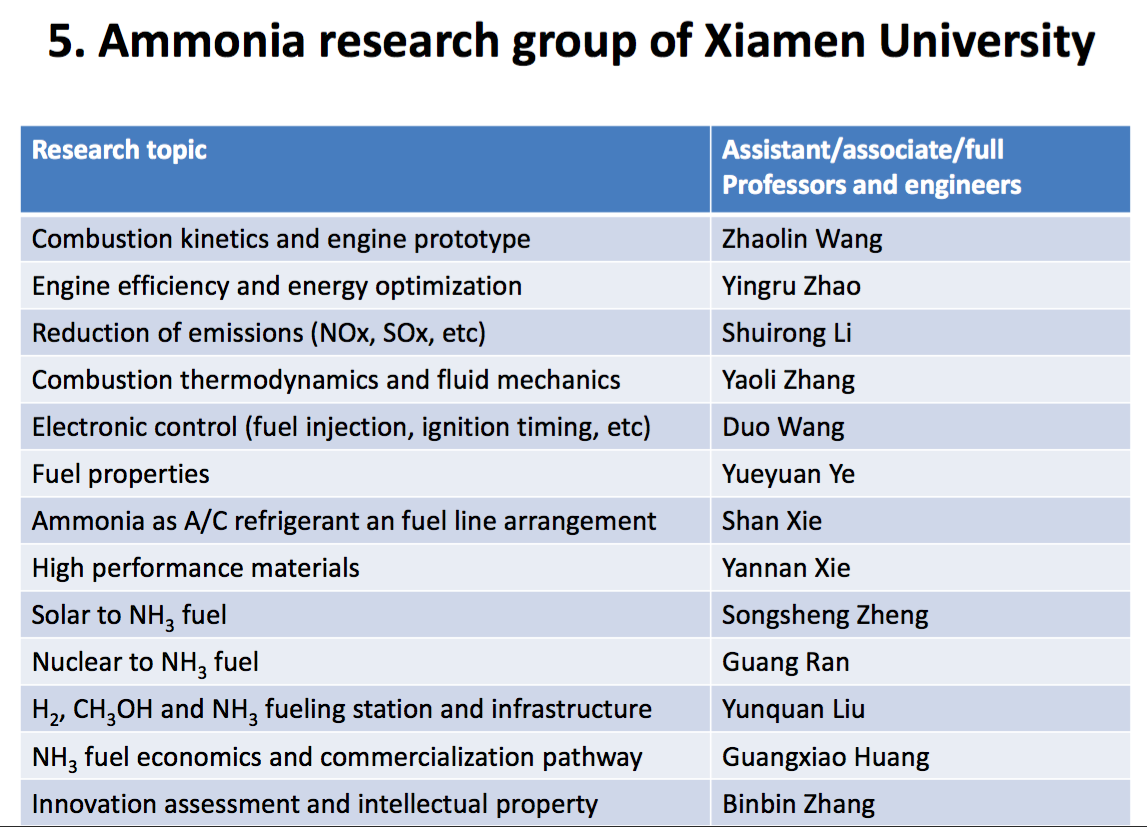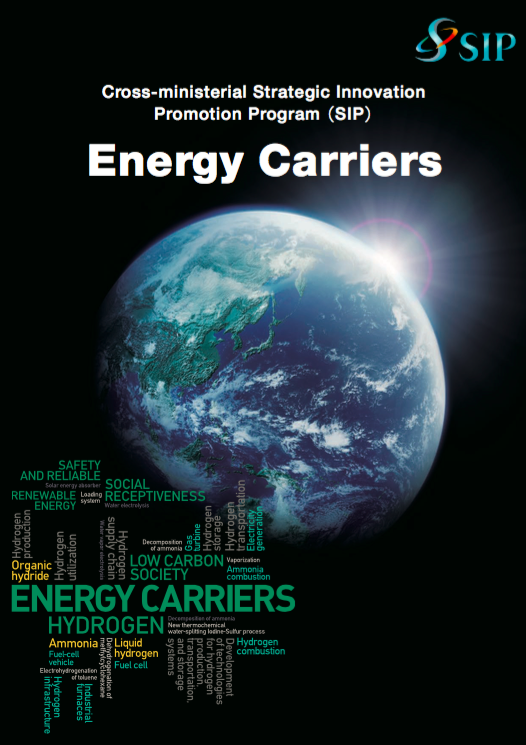Industrial demonstrations of ammonia fuel in Japan
Most of the ammonia energy projects I write about are in the research and development phase but, as I've said before, technology transfer from the academic lab to commercial deployment is moving swiftly - especially in Japan. Last week, Nikkei Asian Review published two articles outlining plans by major engineering and power firms to build utility-scale demonstrations using ammonia as a fuel for electricity generation. Both projects aim to reduce the carbon intensity of the Japanese electrical grid, incrementally but significantly, by displacing a portion of the fossil fuels with ammonia. The first project will generate power using an ammonia-coal mix, while the second will combine ammonia with natural gas.
